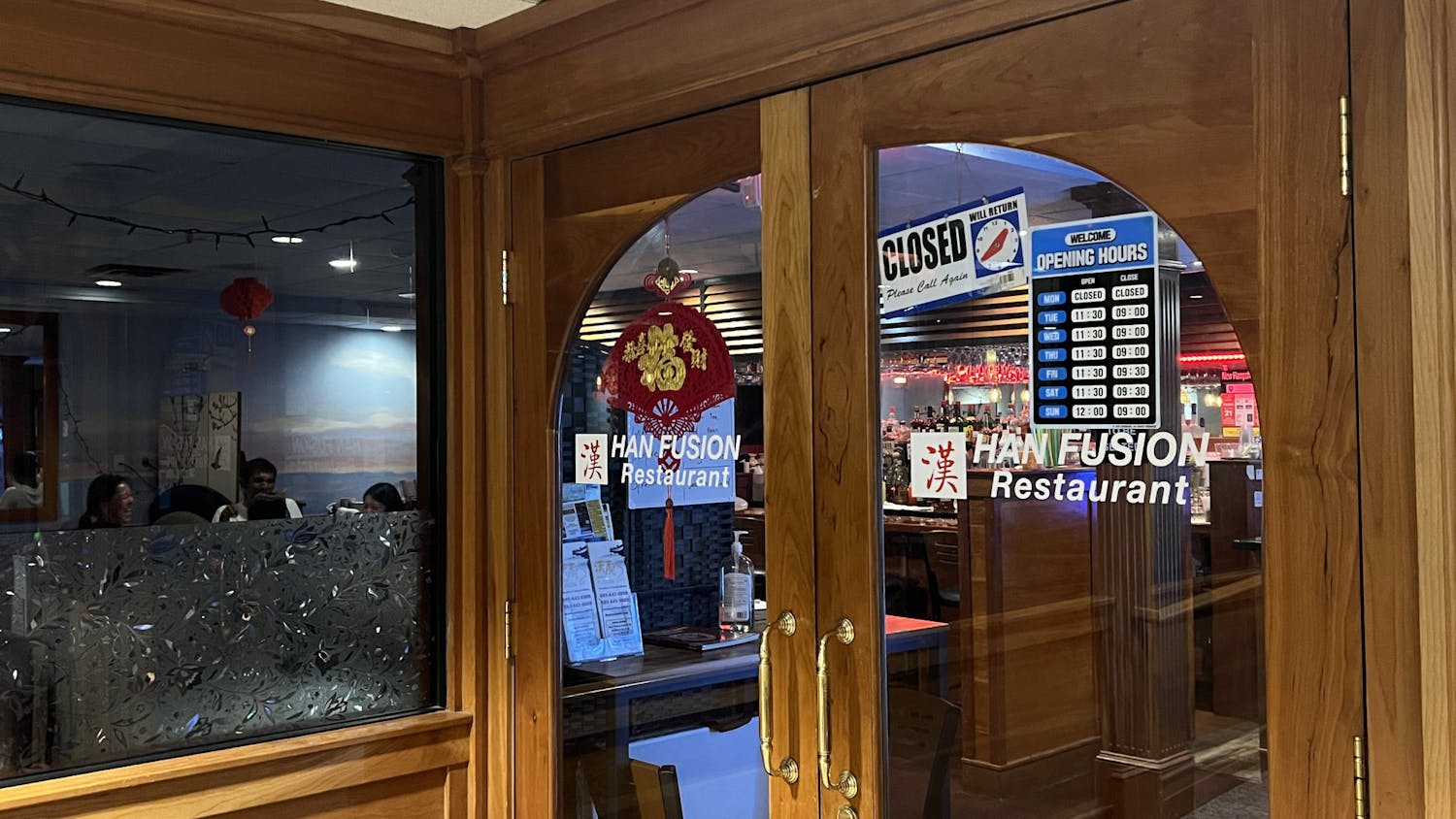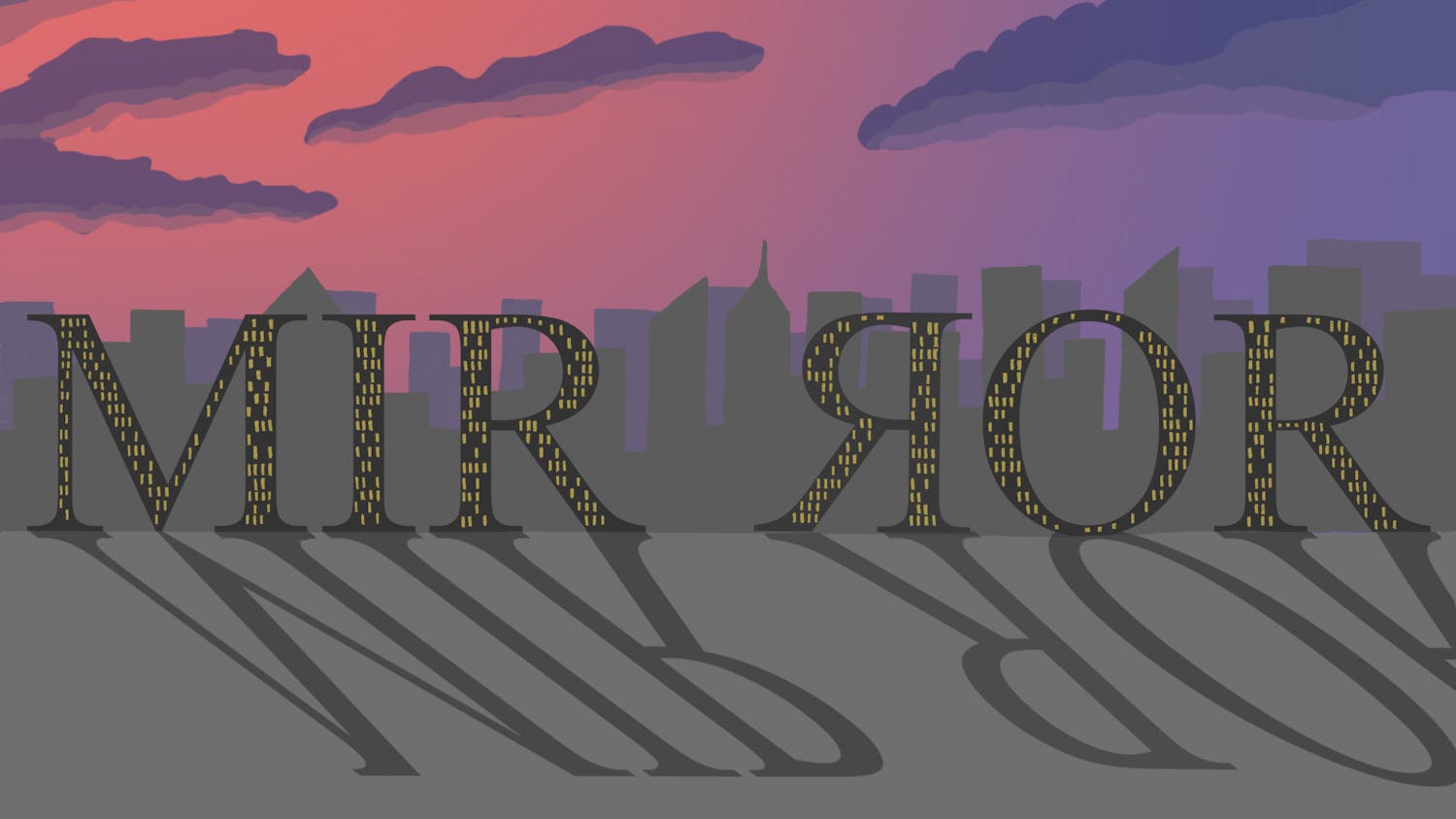The Rassias method, created by former French and Italian professor John Rassias, has touched countless students and teachers globally. Even after his passing in 2015, this legacy continues to grow and influence language education worldwide. Developed during Rassias’s time teaching languages to Peace Corps volunteers, the Rassias method was designed to engage people in learning the language by emphasizing real-life situations and the spoken word.
There are five key points to Rassias’ philosophy, according to a PowerPoint providing an introduction to the Rassias method. The five points are “know thyself,” “connect,” “special delivery,” “stage presence” and “senses and emotions.” “Know thyself” refers to the understanding one’s own values, beliefs, strengths, weaknesses and principles. “Connecting” emphasizes relating the material to the students’ life. As an example, John Rassias’ daughter Helene Rassias-Miles, the executive director of the Rassias Center for World Languages and Cultures at Dartmouth, suggested sharing fun facts about the topic that tie it to the underlying culture — in short, making the content lively and relatable by integrating relevant topics. “Special delivery” refers to a drilling system that allows students to work on communication skills, learn pronunciation and recognize language patterns through repetition and manipulation. Drilling and other techniques work to making sure the student is the “star of the show” by developing a “stage presence.” Rassias-Miles emphasized the goal of helping students feel empowered, recognizing that learning languages can create anxiety and vulnerability. Finally, “senses and emotions” points to the use of multiple senses.
“It’s all about helping people feel confident about themselves,” Rassias-Miles said. “You should love your audience in the sense that you respect them, are trying to pull them in and make them feel good about themselves.”
Overall, the Rassias method is focused on spreading the love of language to others, conveying this love and passion to them through the use of body language, promoting mutual respect and understanding and eliminating self-consciousness.
On campus, the Rassias method has impacted the way Dartmouth students learn, helping them rapidly develop their language skills. Many students arrive with learning experiences revolving around traditional textbook exercises, grammar memorization and structured readings. As a result, exposure to this new type of curriculum has yielded positive feedback from many.
Kylie Palacios ’21, who teaches adults Spanish in the local community, first encountered the Rassias method at Dartmouth. She noted that for her, it is a way of teaching the language exclusively through speech and hearing. For Palacios, the Rassias method has a very specific pattern that plays off sounds and actions. Drill instructors choose students to respond to questions by first pointing, snapping and then looking at them. These cues are pre-determined down to the body language the instructor uses, such as hunching over or kneeling when the student makes an error.
Having been both a student and a teacher using the Rassias method, Palacios believes that its efficacy lies in it enabling students to apply their language skills to the real world, such as speaking well in the language at a normal tempo. As a result, the Rassias method helps efficiently build up a fluency unobtainable by simply reading a textbook. However, Palacios has been frustrated when she experiences students hearing the words but not knowing what the instructor is saying.
Evalyn Li ’21, who was first exposed to the Rassias method during a drill instructor workshop, noted that it was “super lively and very exciting.” She also remarked that it forced students to concentrate due to the rapid-fire repetition and random selection process.
Beyond Dartmouth, the Rassias method has gained global recognition for its impactful teaching style. Its application to different languages has led to workshops that bring together teachers from all over the country. In January, Rassias-Miles led a workshop at Belmont Abbey College for Latin teachers from nine different states. Outside of the United States, the Rassias method has been used in multiple projects, such as the Inter-American Partnership for Education, which uses a “train the trainer” model to create an education network of Mexican teachers hoping to improve language instruction in classrooms through the Rassias method. IAPE teachers gather for intensive training before returning to their school systems to pass on their knowledge to district teachers. So far, both students and teachers have benefitted from improved proficiency in English after being taught by IAPE-trained mentors.
Furthermore, the method has been successful in China as a way of teaching English. Currently, some students are selected to go through existing programs throughout the school year.
Overall, the Rassias method represents a powerful conviction of commitment to the love of languages and teaching, promoting students’ senses of empowerment and fulfillment in their language studies. Its high-energy, attention-grabbing implementation provides a captivating and fun experience for both teachers and students while helping meet their goals of proficiency. With its growing popularity, the Rassias method carries the passion of John Rassias forward and continues to encourage the love of language.



